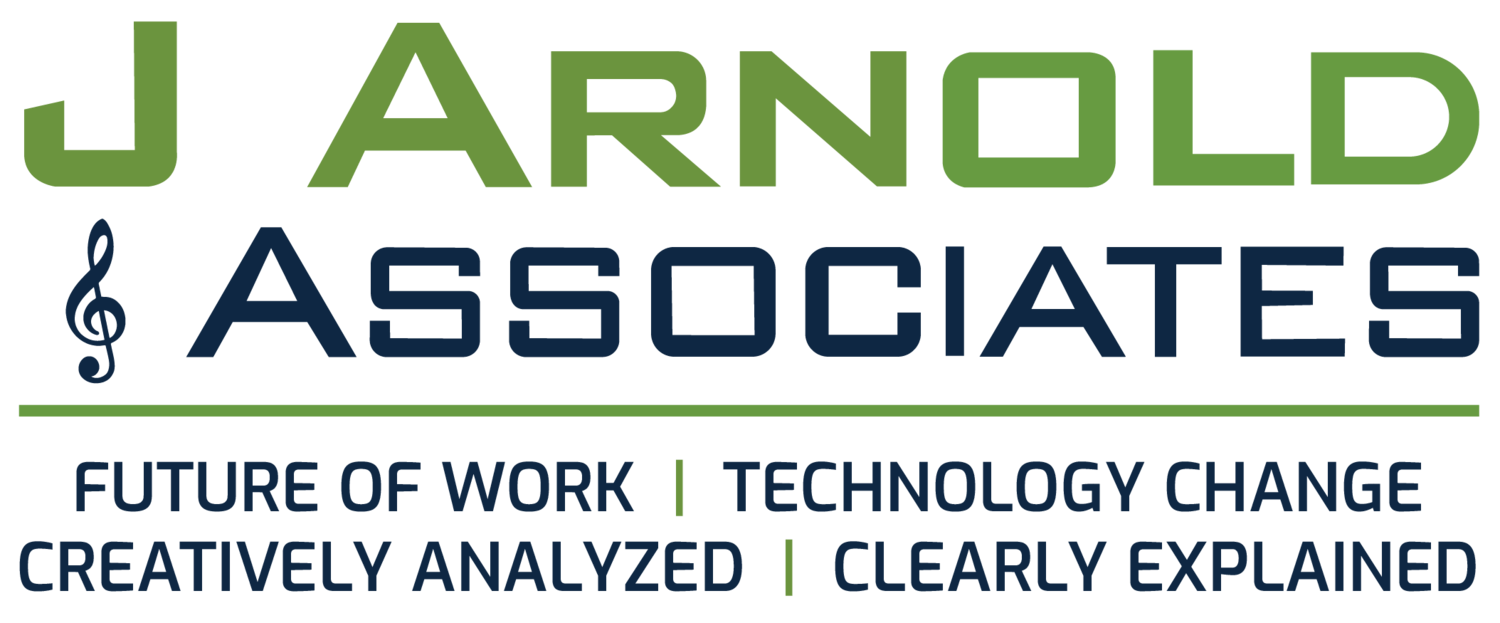I don’t often blog about specific companies, but I recently had an interesting briefing about what West UC is doing to bring video closer to the center for how their customers collaborate. They’re an up and coming UC player, especially for the mid-market, faring well in Gartner’s most recent UCaaS Magic Quadrant. West also has a long history of growing via acquisition, and being more of a leader than a follower, it’s worth watching what they do next.
Given that much of the mid-market is still legacy-based, West adds value by helping customers retain their existing infrastructure along with integrating IP-based elements to bring them into the digital age. While this isn’t the bleeding edge, it’s leading edge for these customers, especially when it comes to addressing a major pain point, namely not stranding legacy assets as they migrate to IP.
That’s exactly what West has focused on with a new offering – Video Meeting Gateway. As with all things cloud-based, VMG is offered “as a service”, making it easy to deploy for overtaxed IT managers who are up against some serious limitations when it comes to leveraging video.
I’m writing about this because of the age-old problems that keep video from gaining mainstream adoption in the business world. These problems are familiar to those with legacy systems – which is most of the mid-market – they’re expensive, costly to maintain, complex to both deploy and use, inflexible, and often present major interoperability challenges.
As with legacy telephony, these systems are good for their intended purpose, but largely live in a parallel world to everything else around them. Today’s IP-based video solutions are the polar opposite from legacy video in terms of being easy to use, flexible and economical, but are incompatible with each other, with the result often being islands of video that cannot be bridged.
Here’s the crux of the problem: most legacy video conferencing systems are based on SIP or H.323 endpoints. These systems are typically room-based, and while they deliver a quality experience, they can only connect with similar endpoints. Video has since evolved on several fronts, especially in terms of supporting conferencing on PCs and mobile devices. Aside from the fact that these endpoints cannot interwork with legacy systems, they’re being video-enabled in other ways. In most cases, they are following the path of least resistance, namely Skype for Business.
Most businesses use Microsoft Office, and as Office 365 gains traction, it’s becoming the hub for everyday communications. For this reason, it’s no surprise that Skype for Business – nee Lync – is one of the leading UC solutions, and with video being a native application, it’s only natural for employees to embrace it.
While this makes life easier for employees when collaborating with video via their personal endpoints, room-based legacy systems can only be integrated by using a third party MCU – multipoint control unit. This adds cost and complexity, especially when the MCU is hosted offsite.
The net result is an either/or situation, where employees can use SfB or legacy systems for video, but not together. This is far from ideal, especially when disparate teams need to collaborate whereby some are in the office with an available meeting room, and others are scattered across various remote locations.
This is the problem set West UC has addressed with VMG. They’ve done this in partnership with Yorktel, a leading developer and SI focused on video, and the result is a transcoding solution to support all the various interworking scenarios so businesses can overcome this either/or constraint. Aside from supporting Skype, H.323 and SIP endpoints, VMG also supports WebRTC, enabling a seamless video experience across pretty much any peer-to-peer requirement.
It’s also worth noting that VMG can be deployed on the customer’s site to support premise-based SfB, or from the cloud for Office 365 users. Either way, businesses can now have a seamless experience across all endpoints, with HD quality and fully-featured collaboration tools. This means that no plug-ins are needed, onboarding is fast, and employees can work with familiar Office applications and leverage video in ways they couldn’t before.
In this setting, with Office now being the home base for video, Outlook integration makes scheduling meetings easy regardless of where employees are logging in from. Another ease of use example is the ability to add H.323 or SIP addresses for video endpoints to the SfB contact directory. Once added, a desktop user can simply click on one of these addresses to bring a group sitting in a video conferencing room into a SfB collaboration session. These ease of use factors are quite important when it comes to broadening the adoption of video, especially for ad hoc collaboration – something that businesses need to get better at.
All told, VMG covers a lot of bases by bridging these islands of video. The benefits for employees are clear, and as video becomes easier to use – any place, any time, etc. – its adoption will grow. IT also benefits by virtue of having a practical solution to a problem that’s been around for a long time. They will also like having fewer integration challenges and systems to manage, and less need to train people on using legacy technology. Furthermore, when going with Office 365, the Opex-based XaaS model makes VMG financially attractive.
Finally, management benefits because they don’t have to worry as much about having stranded assets that are underutilized as times change. The greater their sunk costs in legacy video, the more sense it makes to use a solution like VMG to bridge these systems to where the action is really happening, namely SfB.















